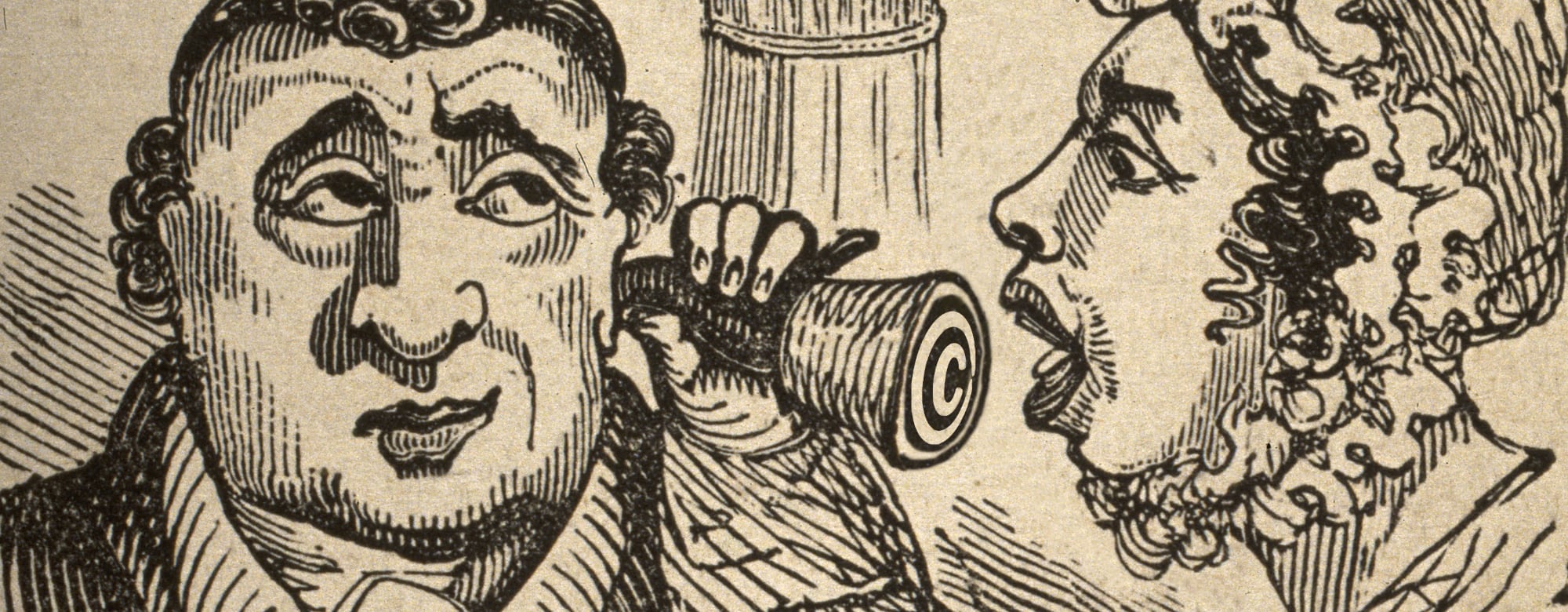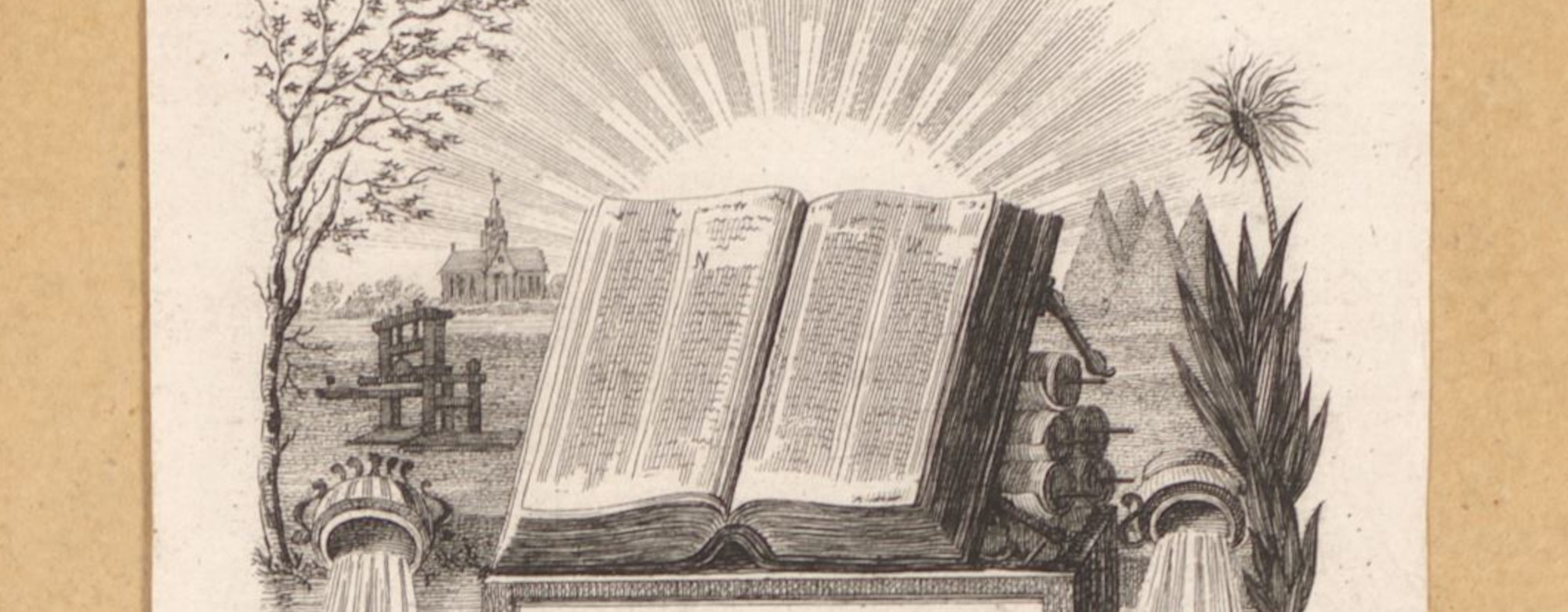Yesterday we submitted our response to the European Commission’s targeted consultation on the Article 17 guidance. As we have explained previously, with this consultation the Commission was seeking feedback on its initial ideas for the Article 17 implementation guidance, which the Commission intends to publish before the end of the Year. The document is intended to provide Member States with guidance on how to balance the conflicting requirements of Article 17 (preventing copyright infringements while ensuring that legal uses are not affected) when implementing it in their national legislations.
As we said in our initial analysis, we were very happy to note a clear commitment of the Commission to maintain the delicate legislative balance of Article 17 that reflected many of the constructive contributions that have been made by stakeholders across the spectrum during the dialogues. In general, we consider the Commission’s proposal a step in the right direction and this is reflected in our response to the consultation. Unsurprisingly, organisations representing rightholders have a completely different reaction to the proposal and have already started a campaign to convince the Commission into abandoning its approach.
Steps in the right direction
While we think that there is substantial room for improvement (as we have outlined in our responses to the individual questions), we are supportive of the key elements of the proposed guidance. From our perspective, these are:
- The clarification that Article 17 constitutes a “lex specialis” to the provisions of the InfoSoc Directive and that Member States should include the notion of ‘authorisation’ for the lex specialis ‘act of communication to the public’ in Article 17(1). This approach provides Member States with maximum flexibility to adapt their national legislation to the specificities of their national legal systems.
- The recognition that the guidance should recall that the objective of Article 17 is authorization. Given this objective, the guidance should explicitly endorse forms of authorization other than licenses, including remunerated exceptions.
- The clarification that the “uses under exceptions and limitations” that must not be affected by Article 17 not only cover the exceptions explicitly mentioned in Article 17(7) but also all other exceptions that Member States may have implemented under Article 5 of the InfoSoc directive. We also welcome the suggestion made by the Commission that member states should consider implementing additional exceptions (namely the incidental use exception), to ensure an as high as possible level of harmonisation of user rights.
- The clarification that Member States must not mandate the use of technology or impose any specific technological solutions on service providers to comply with their obligations under Article 17.
- The explicit recognition that the complaint and redress mechanism established by Article 17(9) is not a sufficient safeguard for user rights and that both 17(7) and 17(9) must be implemented into national laws to ensure that legitimate uses of content will be protected from deletion at the time of upload.
- The inclusion of a mechanism for the practical application of Article 17(4) in compliance with Article 17(7) that includes the requirement that uploads that are not “likely infringing” must remain online while the uploads are under review.
A crucial omission
This last element of the proposed guidelines is where it becomes problematic. From our perspective, it is unacceptable that the criteria for determining if the “likely infringing” standard is met should be agreed between rightholders and service providers, without representation of users, whose fundamental rights are at stake.
Defining the technical parameters must be a part of the dialogue and the Commission should propose initial parameters based on the input of all stakeholders. Furthermore it must be possible for users to act against platforms that repeatedly remove or block legitimate content, including the ability to challenge parameters that result in structural over-blocking.
Room for improvement
In addition, our response identifies a number of other issues where the proposed guidance needs to be improved:
- The mechanism for the practical application of Article 17(4) in compliance with Article 17(7) appears to focus on the development of criteria to try to identify legal uses of protected content under exceptions and limitations to copyright, but fails to propose safeguards to prevent the removal of legal uses of content for which the uploader has a license or which is in the public domain. This issue should be addressed through a combination of pre-flagging and public databases of public domain and openly licensed content.
- The guidance foresees that rightholders would need to file a takedown request pursuant to Article 17(4)c to challenge the outcome of the human review. The parties should not be able to challenge that decision by initiating another in-platform procedure. Instead, either party must be able to refer the outcome to the out-of-court dispute resolution mechanism or to the courts.
- We welcome the proposal that the guidance should include transparency requirements. However transparency requirements should apply more broadly to technical parameters, outcomes of complaints procedures as well as ownership claims. Robust transparency requirements will be essential for understanding the impact of Article 17 on users rights and on the policy objectives it is supposed to serve.
- Finally our response notes that the guidance should include more emphasis on the measures against abuse of the mechanisms introduced by Article 17 by bad-faith actors or parties that are structurally negligent. Without such measures, implementations of Article 17 will open the door for structural abuses of user rights.
It is now up to the Commission to analyse the feedback it has received and draw up the final version of the guidelines. It is clear that it is facing criticism from multiple fronts (in addition to the complaints from rightholders we have also seen critical responses from digital rights organisations such as EDRi and the EFF). It will be interesting to see in how far the Commission will be able to defend its overall approach (that would provide meaningful safeguards for user rights) against the mounting political pressure applied by the rightholder lobby.
As we have observed before, many of the same rightholders who are now crying foul-play are the very same organisations that have been trying to undermine the stakeholder dialogue from the start. After almost a year of largely constructive discussions in the stakeholder dialogue it would be devastating to the credibility of the Commission if rightholders would succeed with their destructive strategy.

